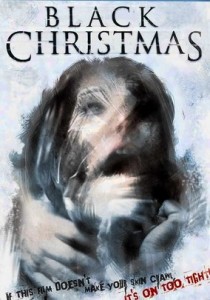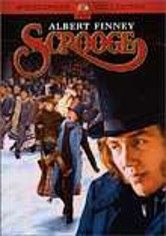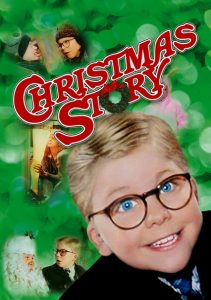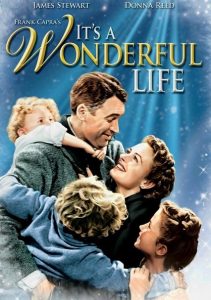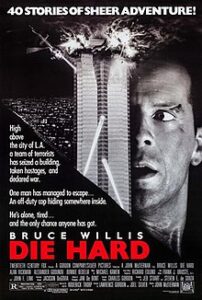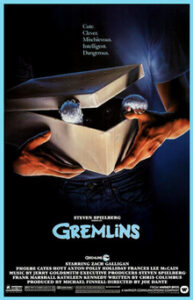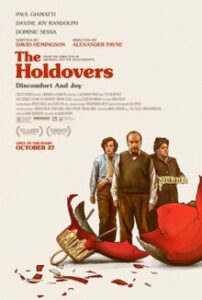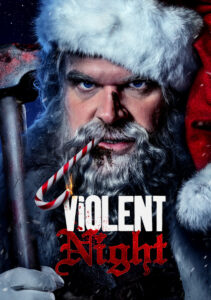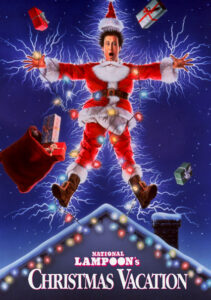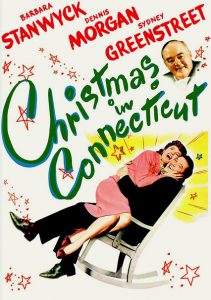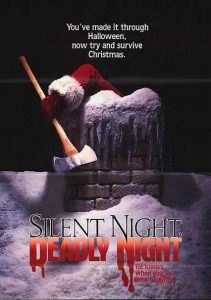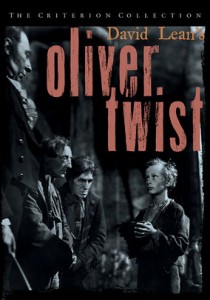Black Christmas-1974
Director Bob Clark
Starring Olivia Hussey, Margot Kidder
Top 250 Films #39
Top 40 Horror Films #9
Scott’s Review #309
Reviewed December 29, 2015
Grade: A
Black Christmas (1974) is one of my all-time favorite horror films and, in my opinion, an underappreciated classic. Somehow, it is just not the first, second, or third film mentioned when most discuss the influential horror films of years past.
My hubby and I make sure to watch it every holiday season.
It largely influenced Halloween (another of my passions), particularly from the killer’s point of view, camera shots, and the seasonal element.
It is pretty horrifying in several key scenes, in fact, and I am proud to list it as one of my favorite films.
Black Christmas is a must-see for fans of the horror genre.
The setting (a cold and snowy Christmas) is perfect, and the film is shot quite darkly. There are Christmas lights and carolers to create a significant winter holiday atmosphere. Most of the film takes place at night, and the location is primarily inside a vast, somewhat creepy, sorority house. The ambiance is well thought out.
Several sorority girls, led by boozy Barb (Margot Kidder) and sweet-natured Jess (Olivia Hussey), prepare to depart for the holiday season by having a small farewell Christmas party. Recently, the girls have been harassed by a prank caller spouting nonsensical gibberish daily.
As in true horror fashion, the girls are systematically offed one by one as events turn dire. Two subplots that ultimately merge with the central plot include Jess’s pregnancy with her suspicious boyfriend, Peter, and the search in the park for a missing young girl.
The best part of Black Christmas is that it is an honest, raw film, made on a small budget, that eschews gimmicks and contrivances.
It has authenticity.
A disturbing film for sure, one victim being posed in a rocking chair continuously rocking back and forth next to the attic window, while said victim is bound in plastic wrap, holding a doll, mouth, and eyes wide open, is one of the most chilling in horror film history.
The nuances of the killer also scare and the brilliance of this is that his motivations are mysterious and unclear (in large part the success of Michael Meyers as well). We never fully see the killer except for his shape and eyes, and that is the brilliance of the film.
The one slight negative to the film is the decision to make the cops appear incompetent. The desk sergeant, in particular, is a complete dope- one wonders how he got his job- as a sexual joke by one of the girls goes over his head while the other detectives laugh like fools.
Why is this necessary? I suppose for comic relief, but isn’t that the purpose of Mrs. Mac, the overweight, boozy sorority mother? Her constant treasure hunt for hidden booze (the toilet, inside a book) is comical and fun.
Her posing and posturing in front of the mirror (she is a very frumpy, average woman) are a delight and balance the heavy drama.
The conclusion of Black Christmas is vague and fantastic and works very well. Due, once again, to the police errors, the final victim’s fate is left unclear as we see her in a vulnerable state, unaware that the killer is looming nearby.
We only hear a ringing phone and wonder what happens next.
My admiration for Black Christmas (1974) only grows upon each viewing as I am once again compelled, to notice more and more ingenious nuances in the film.
Can’t wait until next Christmas to watch it again.
